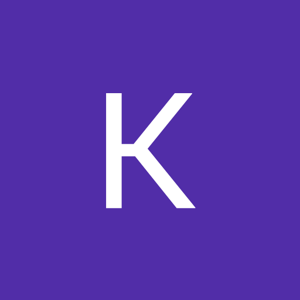The global Inorganic Electrochromic Material market is poised for significant growth, with the market projected to expand from USD XX million in 2023 to USD XX million by 2030, at a compound annual growth rate (CAGR) of XX% during the forecast period. As demand for energy-efficient, smart, and sustainable building technologies continues to grow, inorganic electrochromic materials have emerged as a key enabler in smart windows and advanced display applications.
📘 Ready to explore the full scope of this market? Download Free Sample Report
Definition
Inorganic electrochromic materials are substances that undergo reversible changes in optical properties—such as transparency and color—under applied electrical voltage. They are primarily used in smart glass, automotive rear-view mirrors, displays, and energy-efficient architectural windows. Unlike organic variants, inorganic electrochromic materials offer better thermal stability, durability, and long-term performance.
Market Dynamics
Key Drivers
Growing demand for smart and energy-efficient glass in residential and commercial infrastructure.
Rising adoption of electrochromic mirrors and display systems in the automotive sector.
Increasing government regulations promoting green buildings and sustainability.
Technological advancements enhancing switching speed, durability, and coloration efficiency.
Restraints
High production and installation costs associated with electrochromic devices.
Limited consumer awareness in developing economies.
Complex manufacturing processes compared to conventional materials.
Opportunities
Rising interest in zero-energy buildings and smart city projects globally.
Expansion of electrochromic applications into wearables and next-gen consumer electronics.
Strategic collaborations between material suppliers and end-use industries to accelerate product development.
Challenges
Need for advanced manufacturing capabilities and supply chain integration.
Difficulty in scaling for mass-market applications.
Ensuring compatibility of electrochromic coatings with diverse substrates.
🌍 Want insights into your region? Click here to access the full regional breakdown
Regional Analysis
🌎 North America: With increased smart building initiatives and automotive innovation, North America leads in electrochromic mirror adoption and architectural applications.
🇪🇺 Europe: Strong emphasis on green buildings and energy standards continues to boost demand in Germany, France, and the Nordic countries.
🌏 Asia-Pacific: Countries like China, Japan, and South Korea are investing heavily in smart infrastructure and electric vehicles, fueling market growth.
🌍 Middle East & Africa: Demand is rising for sustainable construction materials in arid regions with extreme solar radiation.
🌎 Latin America: Growing urbanization and foreign investments in infrastructure projects are driving the regional market upward.
Competitive Landscape
Major players shaping the inorganic electrochromic material market include:
Gentex Corporation
View Inc.
SAGE Electrochromics (Saint-Gobain)
ChromoGenics AB
EControl-Glas
AGC Inc.
Zhuhai Kaivo Optoelectronic Technology
Strategic Outlook
These companies are investing in R&D to improve the efficiency and lifespan of electrochromic products, developing scalable production techniques, and forming alliances with architectural firms and automotive OEMs. Innovations include multilayer coatings, faster switching materials, and eco-friendly alternatives.
🚀 Don’t miss competitive insights! Get the full report with company profiles and SWOT analysis
Market Segmentation
By Type:
Tungsten Oxide (WO3)
Nickel Oxide (NiO)
Prussian Blue
Other Metal Oxides
By Application:
Smart Windows
Automotive Mirrors
Displays and Wearables
Solar Control Devices
FAQs
🟦 What is the current value of the global Inorganic Electrochromic Material market?
The global market was estimated at approximately USD XX million in 2023 and is projected to reach USD XX million by 2030, growing at a CAGR of XX%. This growth is fueled by the increased focus on sustainable buildings and electric vehicles.
🟩 Which industries are the primary consumers of inorganic electrochromic materials?
Key consumers include the construction (smart windows), automotive (electrochromic mirrors), and electronics (smart displays and wearables) industries, owing to the demand for energy efficiency and dynamic light control.
🟥 What sets inorganic electrochromic materials apart from organic ones?
Inorganic materials offer greater durability, thermal and chemical stability, and are better suited for long-term, high-performance applications in harsh environments compared to their organic counterparts.
📞 CONTACT US:
203A, City Vista, Fountain Road, Kharadi, Pune, India - 411014
International: +1(332) 2424 294
Asia: +91 9169162030
📧 Website: 24ChemicalResearch.com
🔗 Follow us on LinkedIn: 24Chemical Research LinkedIn


Write a comment ...